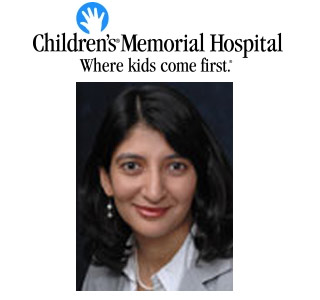
Food allergy as per the latest findings appears to affect nearly 8 percent of children under 18 years of age. Among these 38.7 % supposedly showed a history of severe reactions while 30.4 % had multiple food allergies. The most common allergens appeared to be peanuts at 25.2 %, milk at 21.1 % and shellfish at 17.2 %.
“The large, population-based nature of this study shows that pediatric food allergy is a significant and growing problem in our society,†said Ruchi Gupta, MD, MPH, head of the study, an Assistant Professor of Pediatrics at Northwestern University Feinberg School of Medicine and a pediatrician at Children’s Memorial Hospital.
She added, “Based on our data, about 1 in every 13 children has a food allergy. What’s more, nearly 2 out of every 5 affected children suffer from a severe food-allergy. For these children, accidental ingestion of an allergenic food may lead to difficulty breathing, a sharp drop in blood pressure, and even death. Now that we understand just how far-reaching the problem of food allergy truly is, we can begin taking the necessary steps to keep these children safe.â€
As part of the food allergy investigation approximately 40,000 U.S. households with children were analyzed so as to ascertain the right prevalence. Participants answered a series of questions for any random child in their house. It included existing or past food allergy, date of onset, reaction history for each allergen reported and the means of diagnosis. It also comprised of the details of demographic items.
Gupta, commented “What makes this study so unique is not only the large number of households surveyed, but the amount of data collected for children with a reported food allergy. With this data we are able to differentiate between perceived and convincing food allergies, understand racial and economic differences in food allergy, and understand trends in food allergy diagnosis and testing. For example, Asian and Black children were more likely to have a convincing history of food allergy, but were less likely to receive a formal diagnosis when compared with White children.â€
The pediatrician goes on to mention that the next group of studies intends highlighting the comprehension of observed trends across geography, race and diagnosis. Apprently, being able to understand why only certain children may be affected by food allergy even though others are not could help gather efforts towards a probable cure.
The study should be published in the July issue of Pediatrics.
